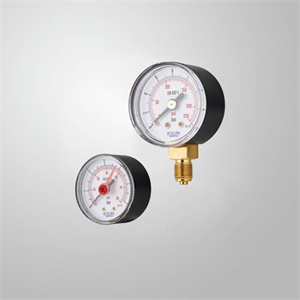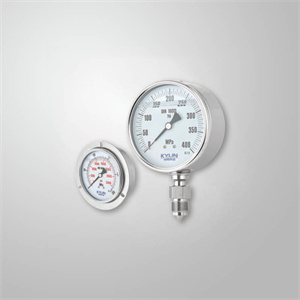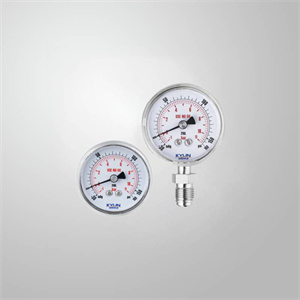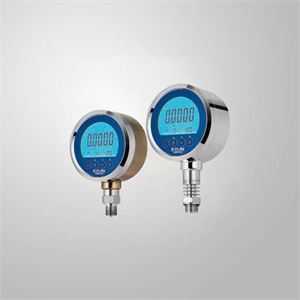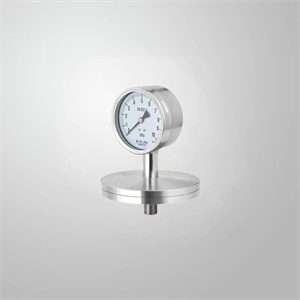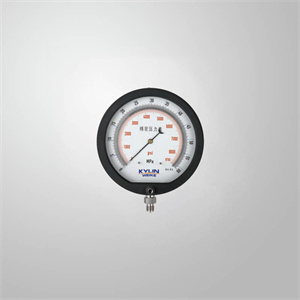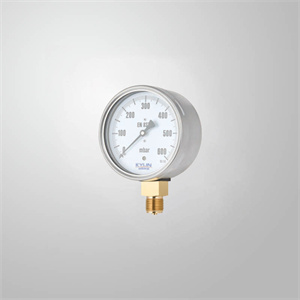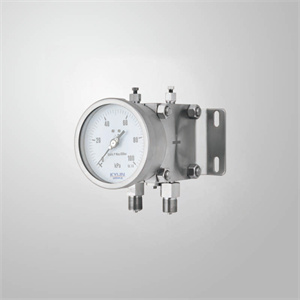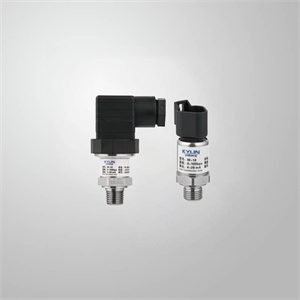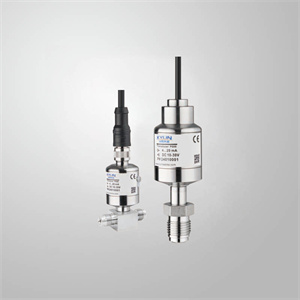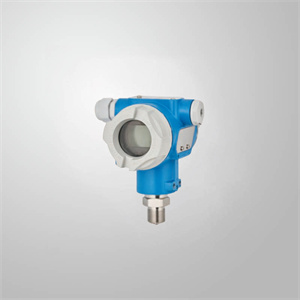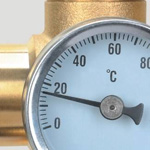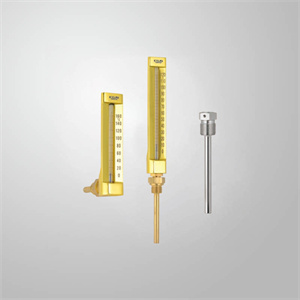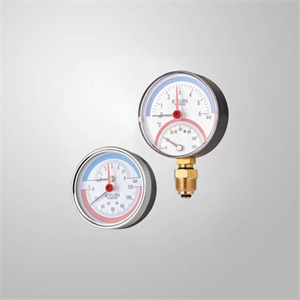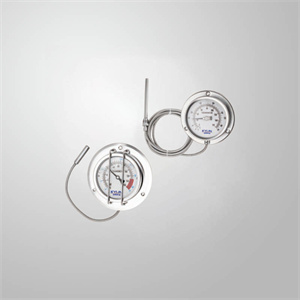Top Ten Fault Diagnosis Methods for Instrument Circuits
Instrumentation and instrumentation circuit maintenance has always been an indispensable part in electronics companies. Because only through it can the original unqualified products finally leave the factory. However, repair is also the most complex part of an electronics company. Because not only does it require a lot of electronics expertise, it also sometimes requires extensive field experience. The following is the maintenance experience that I personally summarized over the years to share with interested friends.
1, percussion
Frequently encounters the phenomenon of good and bad when the instrument is running. Most of this phenomenon is caused by poor contact or welding. In this case, knocking and hand pressing can be used. The so-called "knock" is to gently tap the plug-in board or component with a small rubber hoe or other percussion object to see if it may cause an error or a shutdown failure.
The so-called "hand pressure" means that when a fault occurs, the components and plugs and sockets that are plugged in after the power is turned off are pressed again by hand, and the power is turned on to try to eliminate the fault. If you find that the casing is normal, and then it is not normal, it is best to re-plug all the connectors and try again. If you are unsuccessful, you have to think of another way.
2, observation method
Use vision, smell, and touch. In some cases, the damaged components will become discolored, blistering, or burnt spots; burned devices will produce some special odors; short-circuited chips will become hot; and virtual or de-soldering spots can also be observed with the naked eye.
3.Exclusion method
The so-called elimination method is to judge the cause of the fault by removing some plug-in boards and components in the plug-in machine. When the instrument returns to normal after removing a certain plug-in board or device, it indicates that the fault occurred there.
4. Replacement method
Requires two instruments of the same model or sufficient spare parts. Replace a good spare with the same component on the faulty machine to see if the fault is eliminated.
5. Contrast method
Requires two instruments of the same model, and one is operating normally. This method also requires the necessary equipment, such as a multimeter, oscilloscope, and so on. According to the nature of comparison, there are voltage comparison, waveform comparison, static impedance comparison, output result comparison, current comparison, etc.
The specific method is: let the faulty meter and the normal meter run under the same conditions, and then check the signals at some points and compare the two sets of signals. If there is a difference, you can conclude that the fault is here. This method requires considerable knowledge and skills of maintenance personnel.
6. Temperature rise and fall method
Sometimes, the meter will work for a long time, or when the working environment temperature is high in summer, it will fail. The shutdown check is normal, and it will be normal after stopping for a while, and then it will fail again. This phenomenon is due to the poor performance of individual ICs or components, and the high-temperature characteristic parameters fail to meet the index requirements. In order to find the cause of the failure, the temperature rise and fall method can be used.
The so-called cooling down means that when the fault occurs, use cotton fiber to wipe the anhydrous alcohol on the part where the fault may occur, so as to cool down and observe whether the fault is eliminated. The so-called temperature rise is to artificially increase the ambient temperature. For example, use an electric soldering iron to approach the suspected part (note that the temperature must not be raised too high to damage normal devices) to see if the fault occurs.
7.Shoulder riding method
Shoulder riding method is also called parallel method. Install a good IC chip on the chip to be inspected, or connect a good component (resistance capacitor, diode, triode, etc.) in parallel with the component to be inspected to maintain good contact. If the fault is caused by an open circuit in the device or Reasons such as poor contact can be ruled out using this method.
8, capacitor bypass method
When a circuit has a strange phenomenon, such as when the display is confused, you can use the capacitor bypass method to determine the part of the circuit that is probably faulty. Connect the capacitor across the power and ground terminals of the IC; connect the transistor circuit across the base input or collector output and observe the effect on the failure phenomenon. If the capacitor bypass input is invalid and the output disappears when it bypasses its output, then it is determined that the fault appears in this level of circuit. 9.State adjustment method.
Generally speaking, before the fault is determined, do not touch the components in the circuit, especially the adjustable devices, such as potentiometers. However, if repeated reference measures are taken in advance (for example, make a position mark or measure the voltage value or resistance value before touching), it is still allowed to touch if necessary. Maybe the fault will disappear after changing.
10. Isolation
The fault isolation method does not require the same type of equipment or spare parts for comparison, and is safe and reliable. According to the fault detection flowchart, segmentation and enclosing gradually narrow down the fault search scope, and then cooperate with methods such as signal comparison and component exchange to generally find the fault quickly.
